(Affiliate links)
Realm Agents series
A brilliant engineer and a daring agent uncover a plot that strikes at the foundations of their society.
 New!
New!Dedicated agents fight against determined adversaries who want to bring down the realm.
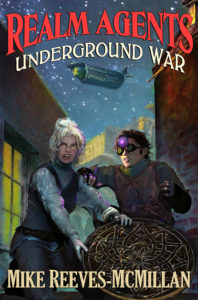 New!
New!
Gryphon Clerks series
Heroic civil servants must find common ground with a conservative shaman before war overtakes them all.
 Reviewers say:
Reviewers say:"Almost symphonic... above-average writing and superb character development."
A reluctant ruler learns to lead his people in the face of a populist uprising.
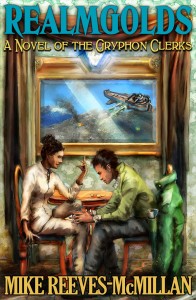 Reviewers say:
Reviewers say:"Strong and dynamic female characters... Carefully crafted."
"The dialog is excellent."
"I am very impressed with the world-building."
A brilliant young mage and an eccentric inventor help to free an oppressed underclass.
 Reviewers say:
Reviewers say:"The characters are deep, believable, admirable, and sympathetic...The writing is also very good."
"Refreshingly unpredictable."
A troubled mage must overcome a curse from her past to be with the wounded hero who loves her.
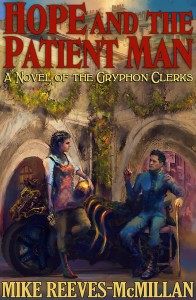 Reviewers say:
Reviewers say:"A fascinating but authentic world...I was touched by their love story."
"It's rare that I find fantasy with this much emotional depth."
A humble cleaner aspires to represent his people in their struggle to turn emancipation into true freedom.
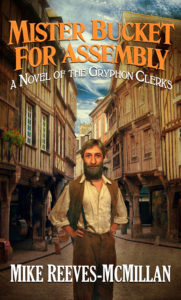 Reviewers say:
Reviewers say:"Politics done right... such an inspiring story."
"How honorable people can make a difference without being superheroes."
They may be running a newspaper, but there are some things they don't want becoming news.
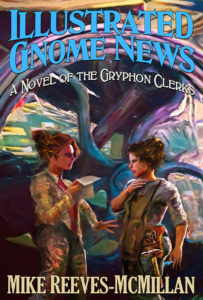 Reviewers say:
Reviewers say:
"A hopeful world, in which one feels that with personal courage, interpersonal support, and sympathetic leadership, obstacles really can be overcome."
An ill-assorted team must find a way to work together if they're to rediscover a vital ancient secret.

New!
Auckland Allies series
Underpowered magical practitioners defend their city against demon-summoning invaders.
 Reviewers say:
Reviewers say:"Blends a thrilling struggle against nefarious foes of awesome power with nerdy personal conflicts and a bit of off-beat romance."
The Allies discover a necromancer preparing to strike at the city's most vulnerable citizens.
 Reviewers say:
Reviewers say:"Love the plotlines of not-so-powerful wizards defending Auckland because nobody else is stepping up against the bad guys."
Nazi sorcerers are plotting to steal the body of a tech billionaire, and the Allies must stop them, while outnumbered and, literally, outgunned.
 Reviewers say:
Reviewers say:"A great story of overcoming evil in the face of personal weakness... Absolutely heart-wrenching, with a twist I never saw coming."
Technomagical ninjas versus Nazi werewolves in a desperate battle for the soul of the city.
 New!
New!
How far will the Allies go to defend their city?
 New!
New!
Hand of the Trickster series
Leverage meets Lankhmar in this sword-and-sorcery heist novella.
 Reviewers say:
Reviewers say:"Fun, self-aware, and with a perfect balance of world-building."
"With only a few sentences, I could see the buildings of the city, hear the people in the marketplace, smell the dust or the trees, perfectly."
He wants to steal their money. They want to steal his memory.
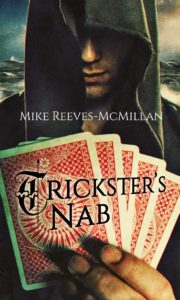 Reviewers say:
Reviewers say:"These stories leave me feeling so good - these are characters I would love to spend a day with, and I regularly found myself smiling, even giggling, at the banter."
Standalone books
A naive diplomat and his clever servant investigate a series of killings in a city where appearance is reality.
 Reviewers say:
Reviewers say:"Superior characterization, plot, and writing style."
"A stylish piece of craftsmanship."
"The author writes beautifully."
